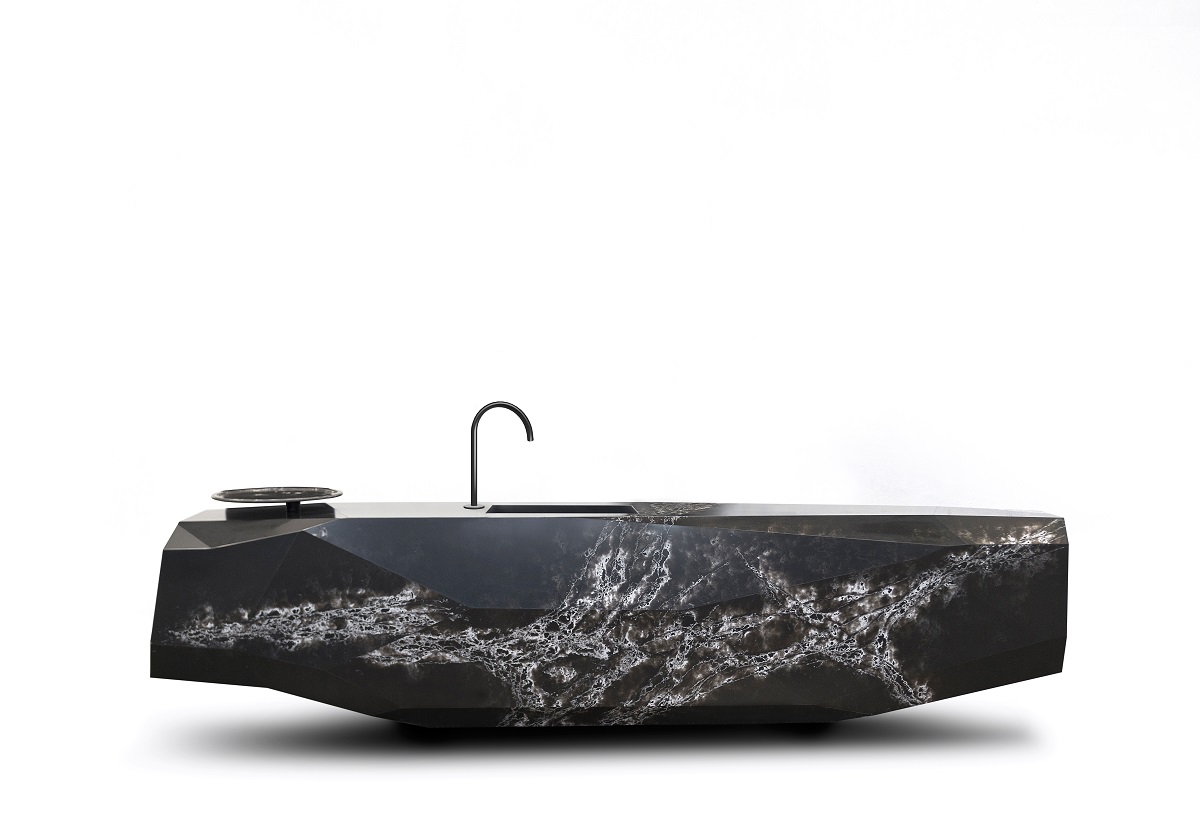3D printing technology has advanced a lot in the last year. At first, 3D printers were limited by their plastic material and the small size of their production, but the technological advance has allowed these printers to be used in specialties such as engineering, medicine, gastronomy and of course, design.
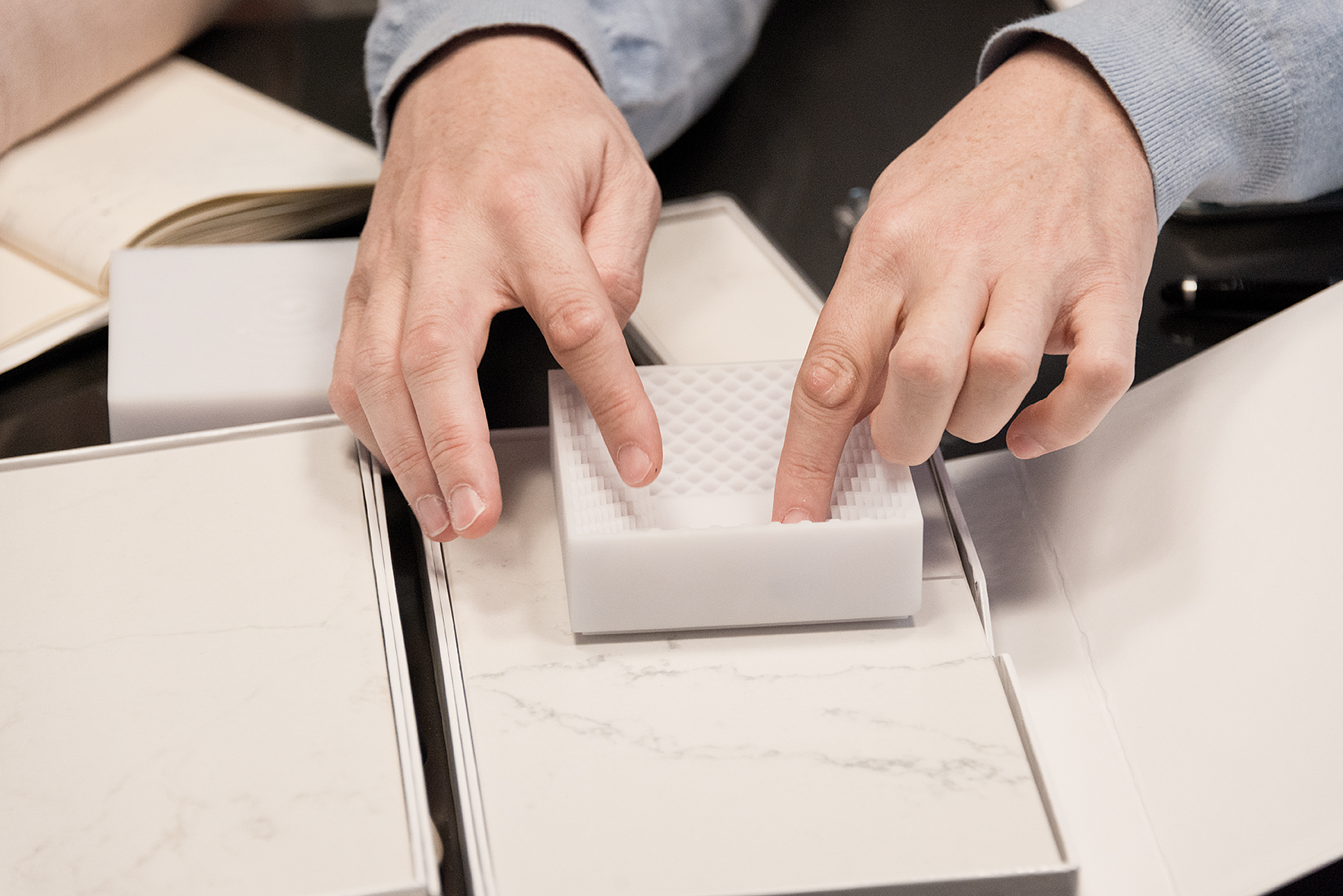 This revolutionary technology represents a greater creative freedom that allows experimenting with novel morphologies and a possibility of personalization of the absolute objects.
This revolutionary technology represents a greater creative freedom that allows experimenting with novel morphologies and a possibility of personalization of the absolute objects.
Unique designs
Through the use of 3D technology, the creative possibilities of designers has increased, since it is a productive system that facilitates experimentation. In addition, since it is a unitary elaboration, it does not entail significant production costs.
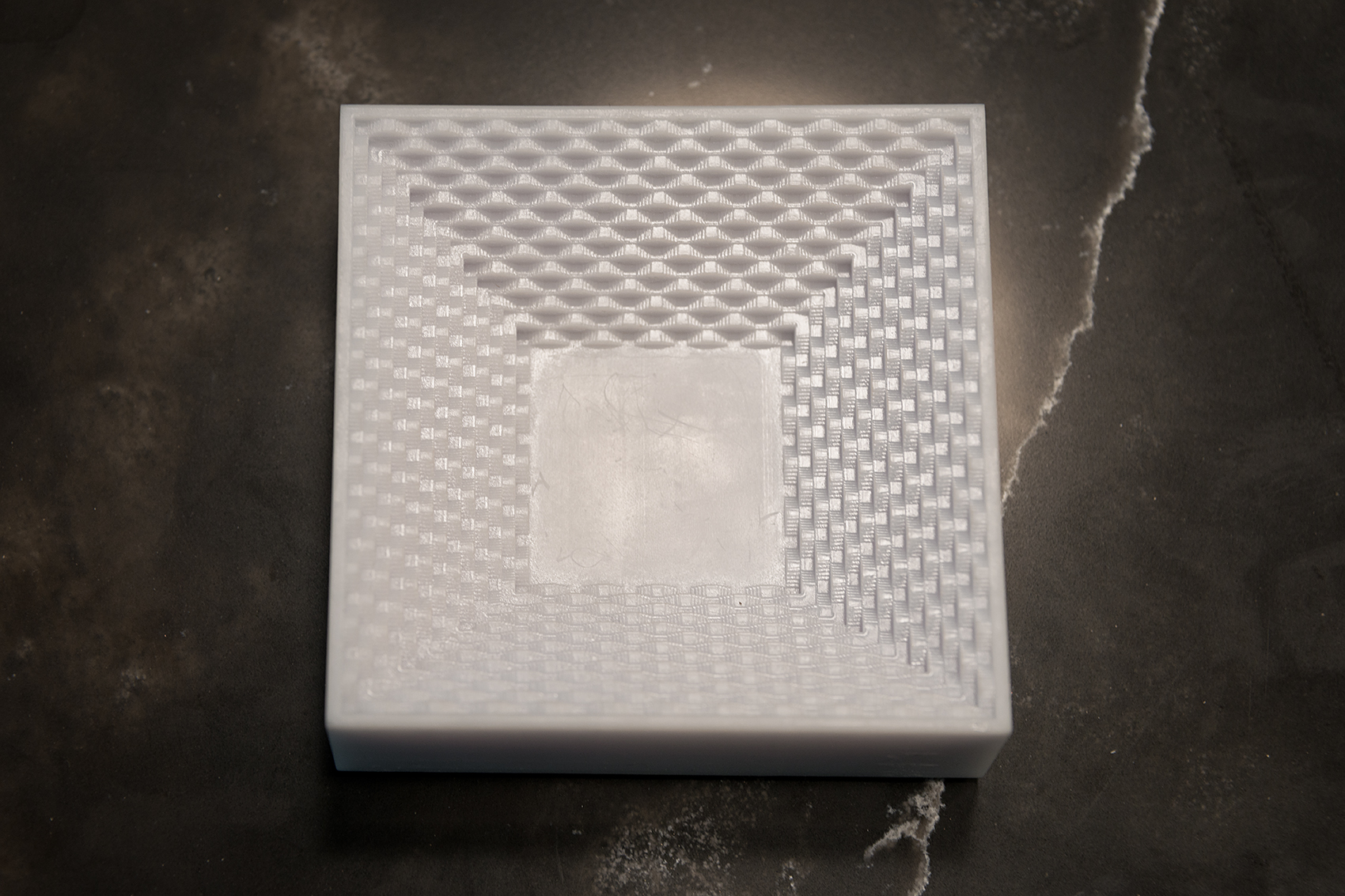 On the other hand, being a 3D object created from scratch, it offers the possibility of personalization, bringing the design closer to the general public and differentiating itself from the mass production of the market. An object of personalized decoration, will give the space an added value.
On the other hand, being a 3D object created from scratch, it offers the possibility of personalization, bringing the design closer to the general public and differentiating itself from the mass production of the market. An object of personalized decoration, will give the space an added value.
A sustainable solution
Beyond its creative possibilities, 3D printing has another important value: its ecological features. In addition to the energy you need for work and the raw material to use, 3D printing does not need any other resources and large amounts of material neither.
Another reason why 3D printing is rising within the decoration, is its ecological features. In addition the energy it needs to work and the raw material to use, it does not require any other resources and generates very little waste material. It also makes possible the optimization of human work, since the same model can be reproduced without having to add more working hours.
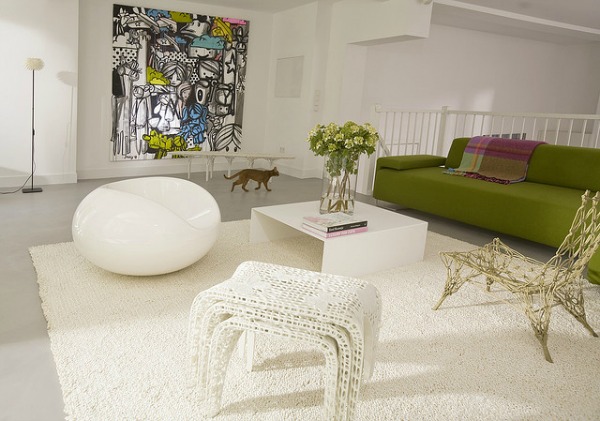 At the same time, many design studios specialized in 3D printing, such as Emerging Objects, are looking for new combinations of ecological materials that allow the use of components such as salt, and sand in their compositions. From the generation of a new object of decoration, these materials are not longer waste to become something new.
At the same time, many design studios specialized in 3D printing, such as Emerging Objects, are looking for new combinations of ecological materials that allow the use of components such as salt, and sand in their compositions. From the generation of a new object of decoration, these materials are not longer waste to become something new.
It also enables the optimization of human work, since the same model can be reproduced without having more hours of work.
Decorative proposals
Due to the wide range of proposals offered by 3D printing, almost all the objects that make up the interior design can be manufactured by this process. Decorative panels for coatings, floors, furniture, lighting, tableware and even kitchen and bathroom accessories.
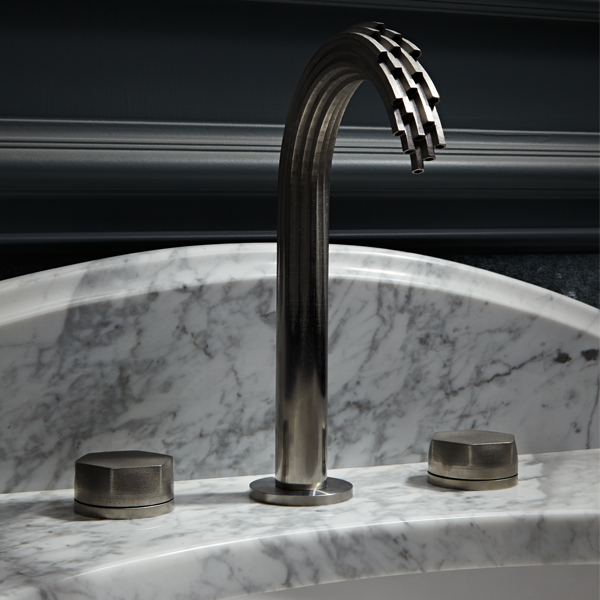 The Spanish design studio Nagami specializes in the creation of printed chairs, based on the designs of great international figures such as Ross Lovegrove or Patrick Shumacher, from Zaha Hadid’s studio.
The Spanish design studio Nagami specializes in the creation of printed chairs, based on the designs of great international figures such as Ross Lovegrove or Patrick Shumacher, from Zaha Hadid’s studio.
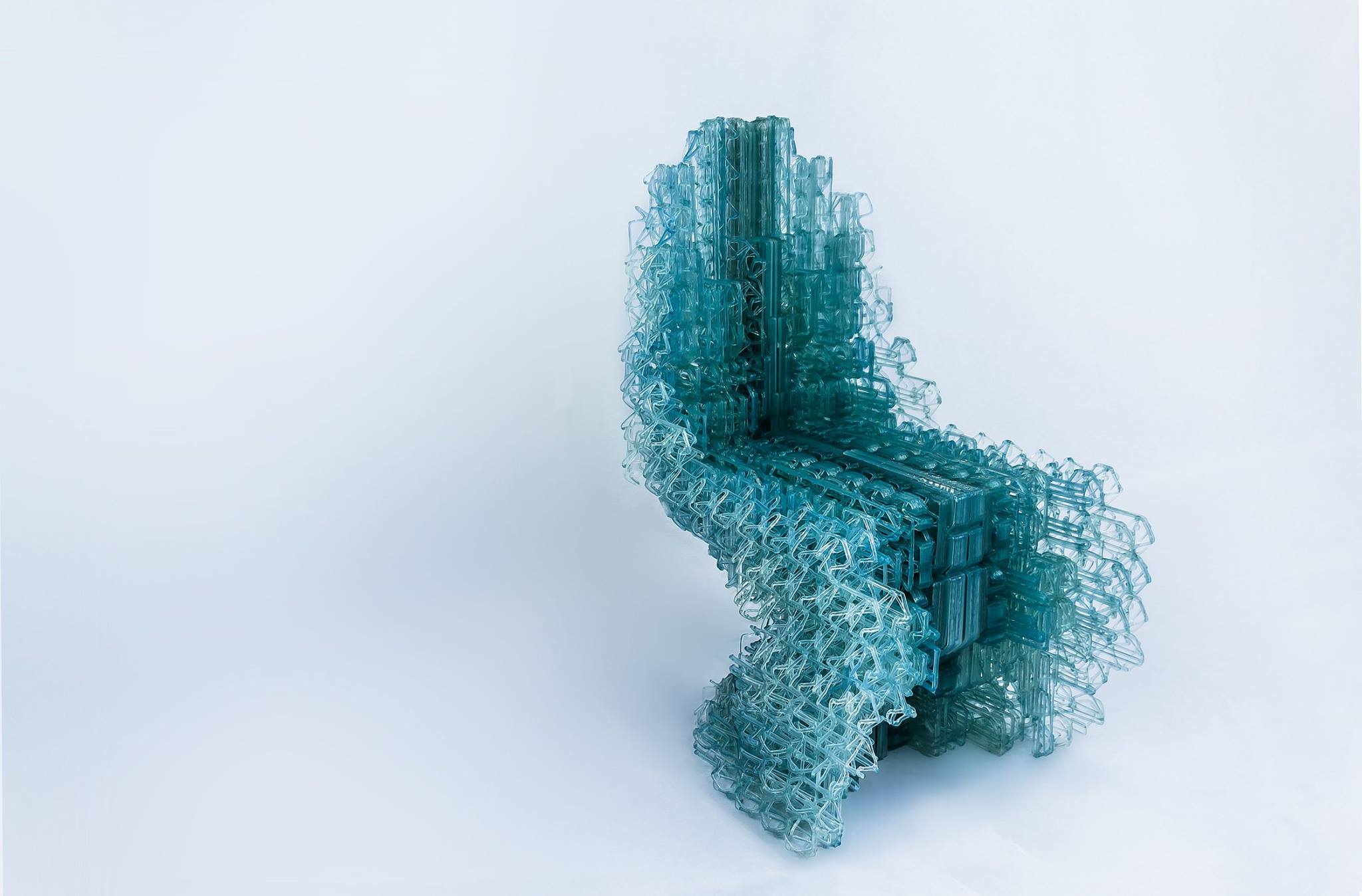 Design technical objects, such as the taps of American Standard, could be designed which with its DVX brand launched three models printed in porcelain and metallic finish. These proposals combine design with functionality in a little thought element, in its beginnings, for the inclusion of 3D printing in the design.
Design technical objects, such as the taps of American Standard, could be designed which with its DVX brand launched three models printed in porcelain and metallic finish. These proposals combine design with functionality in a little thought element, in its beginnings, for the inclusion of 3D printing in the design.
Another possibilities of 3D printing
In contrast to the utilitarian objects, 3D printing grants larger scale possibilities as a sustainable and personalized solution of spaces. With elements such as floors, coatings or facades, it proposes morphologies that transform the space and participate in its decoration.
The DUS architecture studio integrates 3D printing in all aspects of its projects, including facades, floors and furniture. One of his best-known projects is the temporary intervention of the presidential building in Amsterdam during the summit of European presidents, in which its façade was transformed by means of a new morphology that not only fulfilled a decorative purpose, but was also functional.
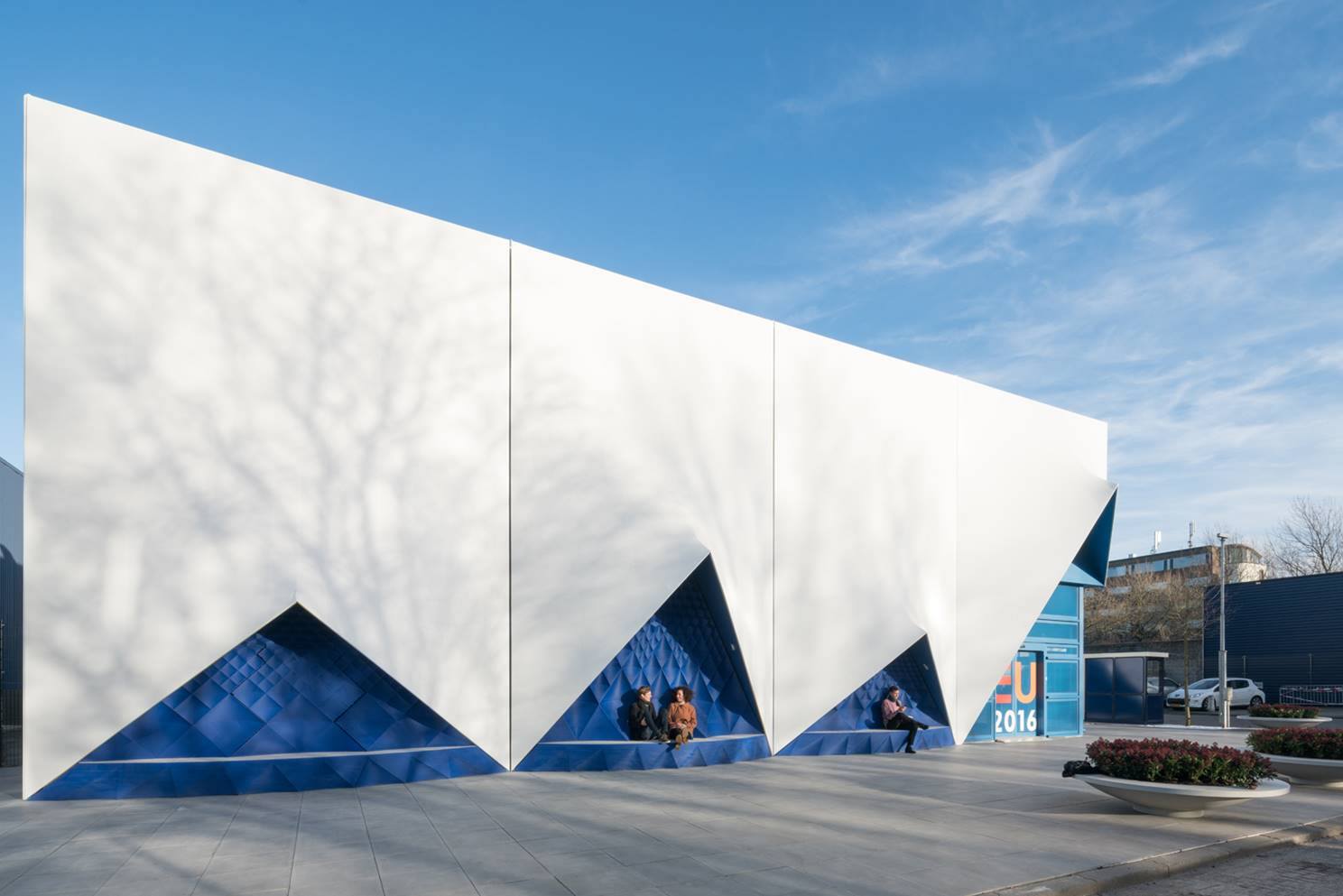 In a smaller project, the same studio designed the flagship store of Loft in Tokyo, in which they integrated 3D printing in the realization of flooring, tables, chairs and displays. In the decoration of a commercial space, this process gives the possibility of adapting the space and its objects to the colors, style and identity of a brand.
In a smaller project, the same studio designed the flagship store of Loft in Tokyo, in which they integrated 3D printing in the realization of flooring, tables, chairs and displays. In the decoration of a commercial space, this process gives the possibility of adapting the space and its objects to the colors, style and identity of a brand.
Have you been interested in this information? Visit COMPAC blog and discover the latest news and trends.

